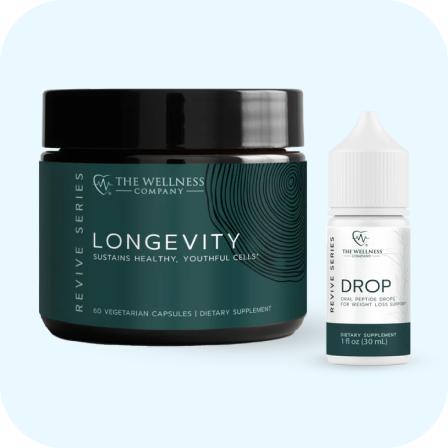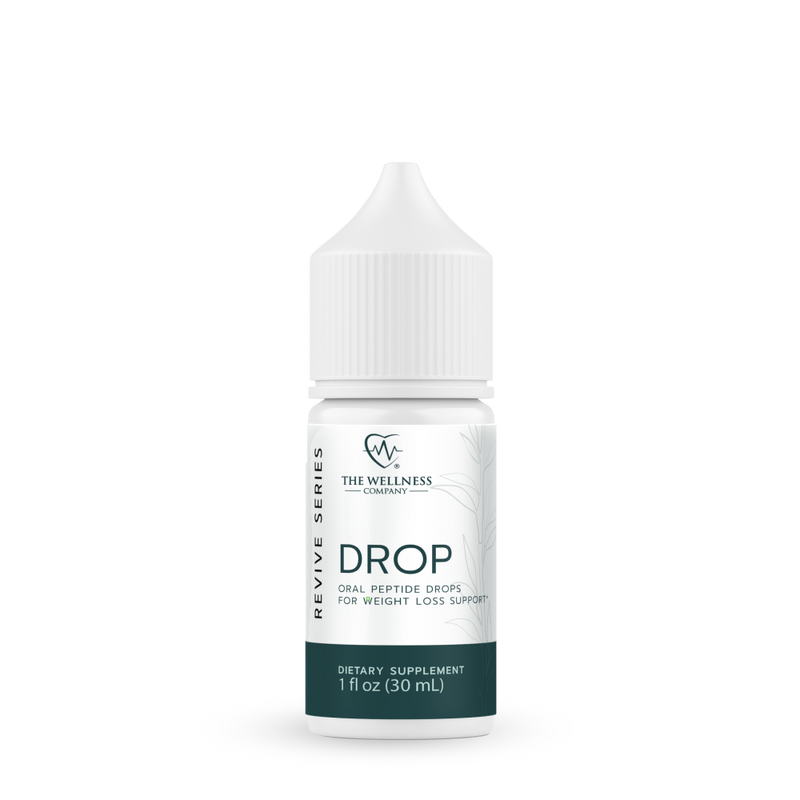Is Your Child Experiencing “Gender Dysphoria?

Dr. Peter McCullough and Doctors Protecting Children held a news conference which called upon colleagues from other medical associations to, “recommend comprehensive evaluations and therapies aimed at identifying and addressing underlying psychological co-morbidities and neurodiversity that often predispose to and accompany gender dysphoria.”
The Wellness Company supports and applauds Dr. McCullough’s fight for informed decisions in healthcare- children included.
The medical kidnapping of a 14-year-old Montana girl who was taken by Child Protective Services to Wyoming to undergo hormone and surgery to transition from a young teenage girl to male, and stripping parents of their parental rights raises some important questions and serious concerns about transgender identity in children. The young girl was taken across state lines against the parents’ wishes. At least 20 states have enacted laws that prohibit gender transition surgeries from being performed on transgender minors.
Proponents argue that children with “gender dysphoria” are more suicidal and depressed than their peers who aren’t transgender. Those in favor of childhood gender transitioning also argue that "Children start to have a sense of their own gender identity between the ages of 2 1/2 to 3 years old." And "By the age of 7 years, children understand three different concepts related to sex/gender identity: biological sex, self-perceived gender identity and social gender identity.” (1,2)
Statistics
Approximately 1.4% of youth ages 13-17 (about 300,000 youth) identify as transgender in the United States.
What isn’t talked about are three very important facts
- The prefrontal cortex (a part of the frontal lobe in the brain) isn’t developed until around the age of 25 and, in the case of males it can take until age 30.
The frontal lobe is responsible for various higher cognitive functions and executive functions, including:
- Short-term memory
- Planning and decision-making
- Emotional regulation
- Impulse control
- Judgment and risk assessment
- Social behavior
- Problem-solving
- Personality expression
The prefrontal cortex is one of the last brain regions to fully develop, and its maturation is responsible for executive functions like cognitive analysis, abstract thought, and moderating behavior in social situations.
An immature prefrontal cortex in children can lead to behavioral immaturity, impulsivity, and difficulty regulating emotions.
- What are higher rates of suicide and depression attributed to? What is the child struggling with at home and school? If the prefrontal cortex which isn’t fully developed for decades before a child can regulate their emotions, and curb impulsive behaviors, how can they possibly be ready for such a life-altering transition?
What is the hurry? What is the real agenda?
Perhaps addressing the underlying reasons for suicidal ideation and depression- social, emotional, and physical- would be better served than pushing an agenda that the child is not developmentally ready for.
- Powerful hormones given to a young person- whether age 3 or 15 can have profound effects on their development, both in physical and emotional realms. Their bodies are still growing and by giving hormones to block natural biology, their developing bodies undergo a tremendous burden.
The hormones used on children are called “puberty blockers”
Puberty blockers "work by blocking the hormones — testosterone and estrogen — that lead to puberty-related changes in the growing body.
Puberty blockers for both males and females
- Both males and females are given gonadotropin-releasing hormone agonists
Leuprolide acetate (brand names Lupron, Eligard) - given as an injection
Side effects include: Hyperglycemia and diabetes, cardiovascular disease including sudden cardiac death and stroke, convulsions, bone pain, ureteral obstruction and spinal cord compression which may contribute to paralysis with or without fatal complications.
- Histrelin acetate (brand name Supprelin LA) - a small implant placed under the skin that lasts 1 year.
Side effects include: bone pain, difficulty breathing, hives, swelling of face, lips, tongue or throat, numbness or weakness in legs or feet, painful or difficult urination, blood in urine, seizure, crying spells, anger, aggression, restlessness, irritability, mood swings, nosebleeds, headache, weight changes, tiredness, etc.
Female transitioning to male
The above drugs act by suppressing the pituitary gland from releasing hormones that stimulate estrogen production, thereby blocking female puberty.
Male transitioning to female
The above medications suppress the pituitary from releasing hormones that stimulate testosterone production from the testes, blocking masculinizing effects of male puberty such as facial hair, lower voice, and testicular development. Anti-androgens like spironolactone may also be used in addition to transgender girls/women to further lower testosterone levels.
The ideological world that is promoting drugs and surgeries for young, impressionable children who are not fully developed both emotionally and physically begs the question- what is the real agenda behind this?
References
- https://emedicine.medscape.com/article/917990-overview?form=fpf
- https://www.reimaginegender.org/insights/developmental-stages-of-gender-in-young-children
- Johnny's Ambassadors. (2022, October 10). At what age does the brain's frontal lobe fully develop? https://johnnysambassadors.org/brains-frontal-lobe/ Fuster, J. M. (2001). The prefrontal cortex—An update: Time is of the essence. Neuron, 30(2), 319-333. https://doi.org/10.1016/S0896-6273(01)00285-9 Arain, M., Haque, M., Johal, L., Mathur, P., Nel, W., Rais, A., Sandhu, R., & Sharma, S. (2013). Maturation of the adolescent brain. Neuropsychiatric Disease and Treatment, 9, 449-461. https://doi.org/10.2147/NDT.S39776
- Stuss, D. T., & Levine, B. (2002). Adult clinical neuropsychology: Lessons from studies of the frontal lobes. Annual Review of Psychology, 53(1), 401-433. https://doi.org/10.1146/annurev.psych.53.100901.135220
By Brooke Lounsbury






















